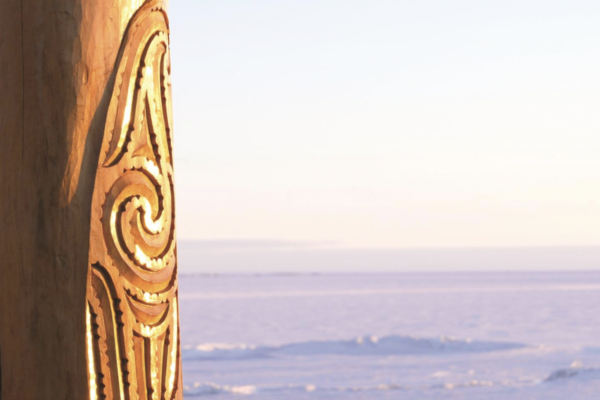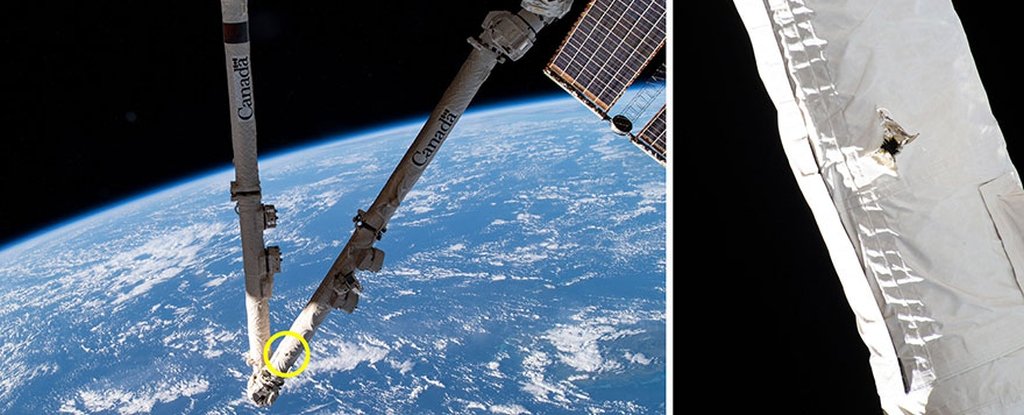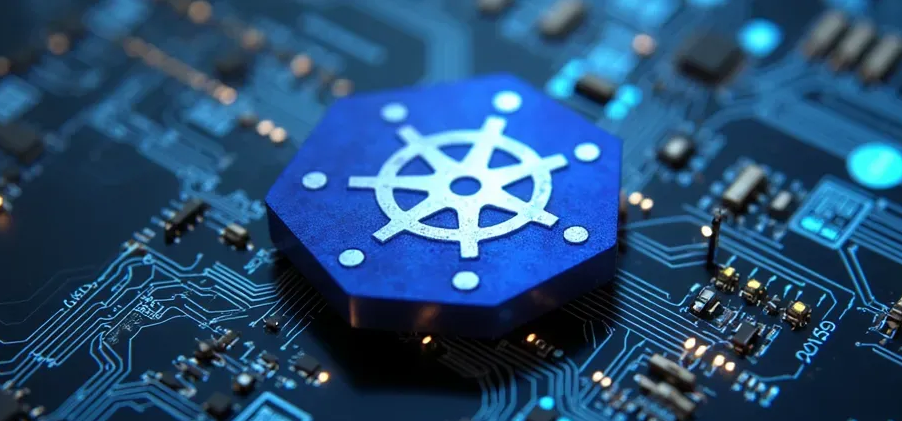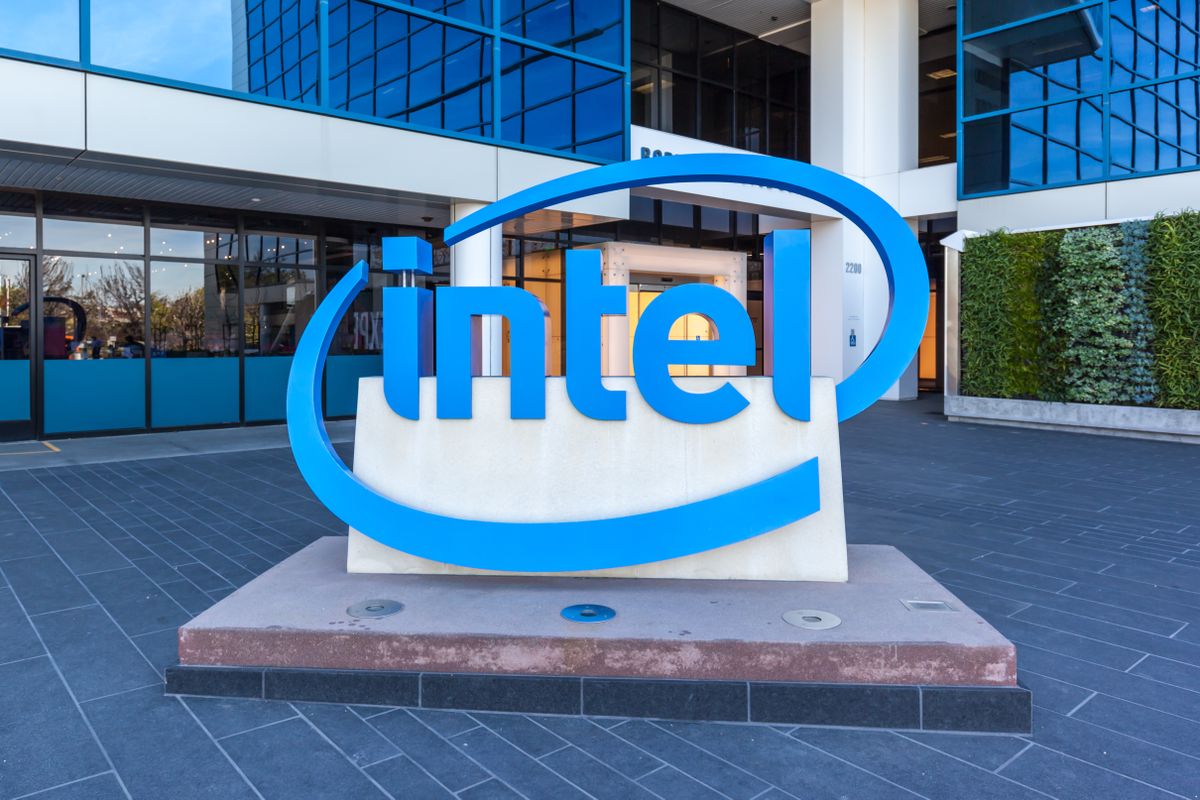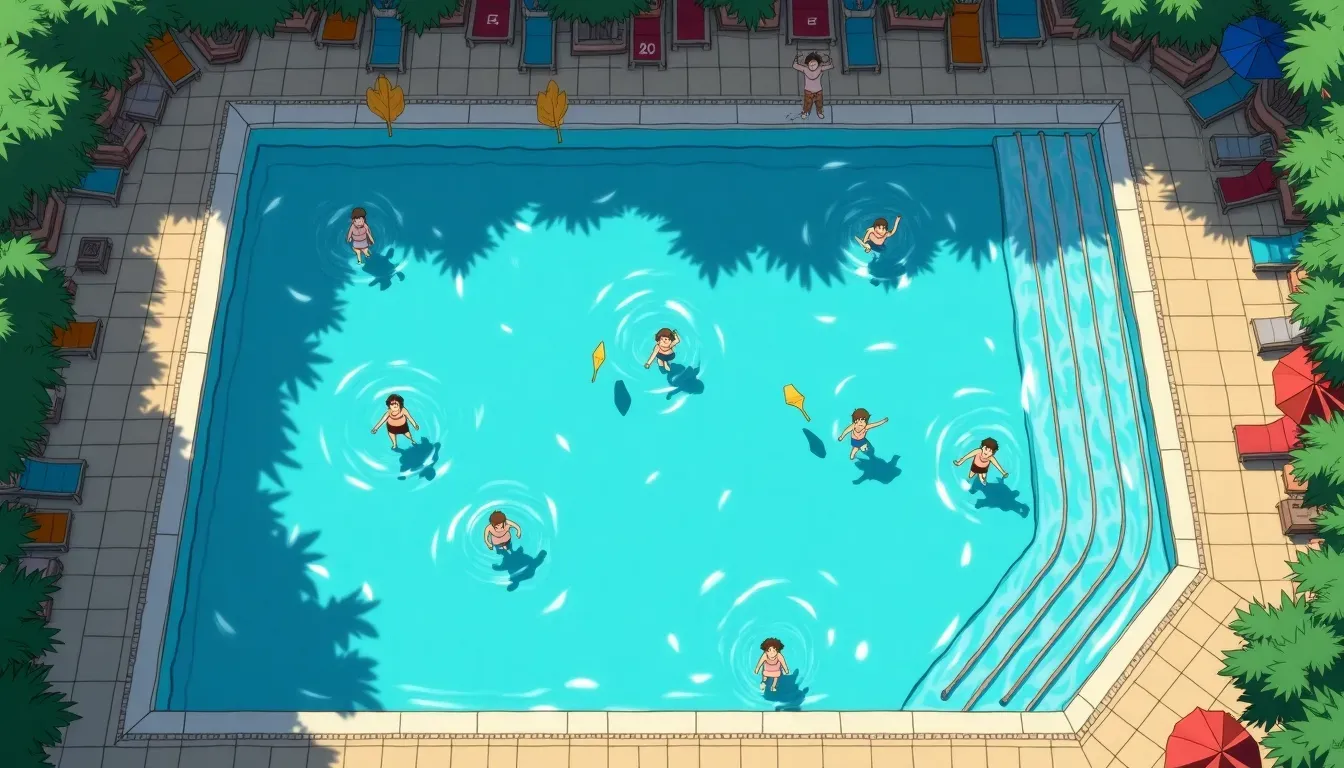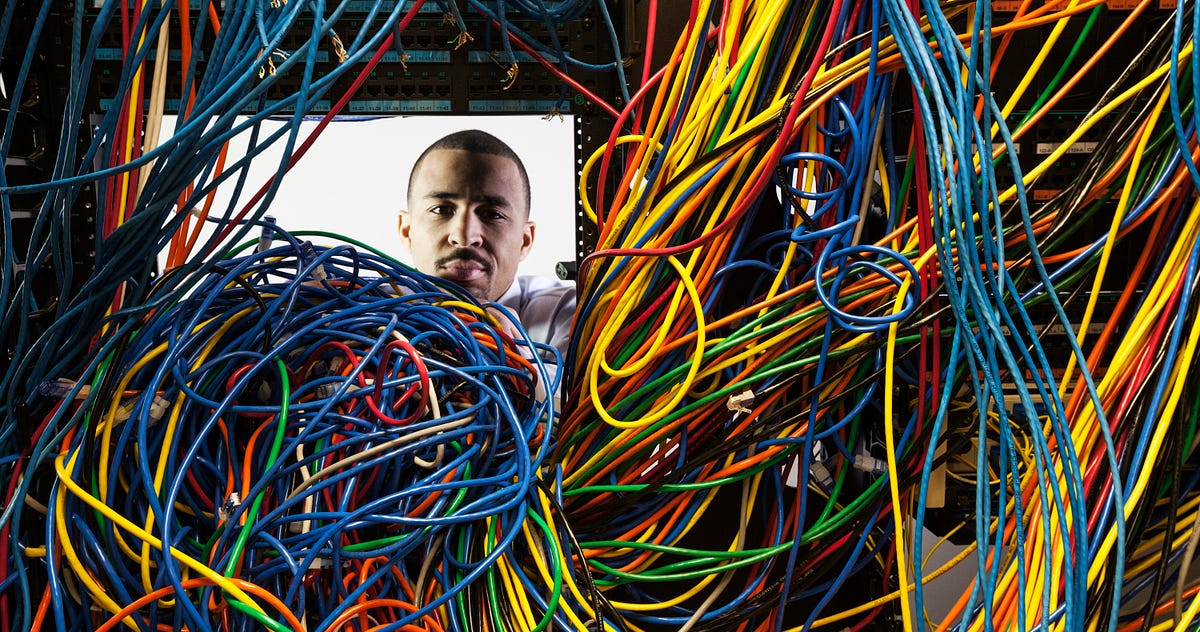
400 kilometres apart and yet connected: my analogue mission with the crew on the ISS
In this blog about the DLR-NASA bed rest study 'Sensorimotor Countermeasures Study (SMC)', we report on the lives of the participants as well as the work of the larger team around them, and what it means to be part of such a major study.
Today, one of the participants who has been in bed for 18 days in a six-degree head-down position, shares his experience. This participant has a special connection to space exploration, as he closely follows the missions of two American astronauts, Barry Wilmore and Sunita Williams, who embarked on their journey to the International Space Station ISS at the very same time that he began his study. Their launch was delayed several times, and now their return to Earth has been postponed by eight months due to technical issues. Our participant, however, will not be in this position for nearly as long, as his 'return to Earth' is relatively more straightforward: at the end of November, after completing the head-down tilted bed rest period, he will be carefully and medically supervised as he is brought upright on a tilt table, and only then allowed to stand and walk on his own within the clinical ward. Despite the differences, his time as a 'terrestrial astronaut' runs parallel to Barry and Sunita's ISS mission, and he feels a strong connection with them in this unique situation. Here, he shares his insights about his mission and that of his colleagues – from a six-degree head-down position, of course.
As I lie here, taking part in NASA and DLR's 60-day bed rest study – an analogue mission designed to simulate the effects of trips to the Moon and Mars on the human body – there are moments when I feel an incredible sense of connection to the astronauts aboard the International Space Station ISS. Barry 'Butch' Wilmore and Sunita 'Suni' Williams – two astronauts I have followed closely since I applied for this mission – are currently in space, facing their own challenges. It's surreal to think that although we are separated by vast distances, we are deeply connected in our missions.



